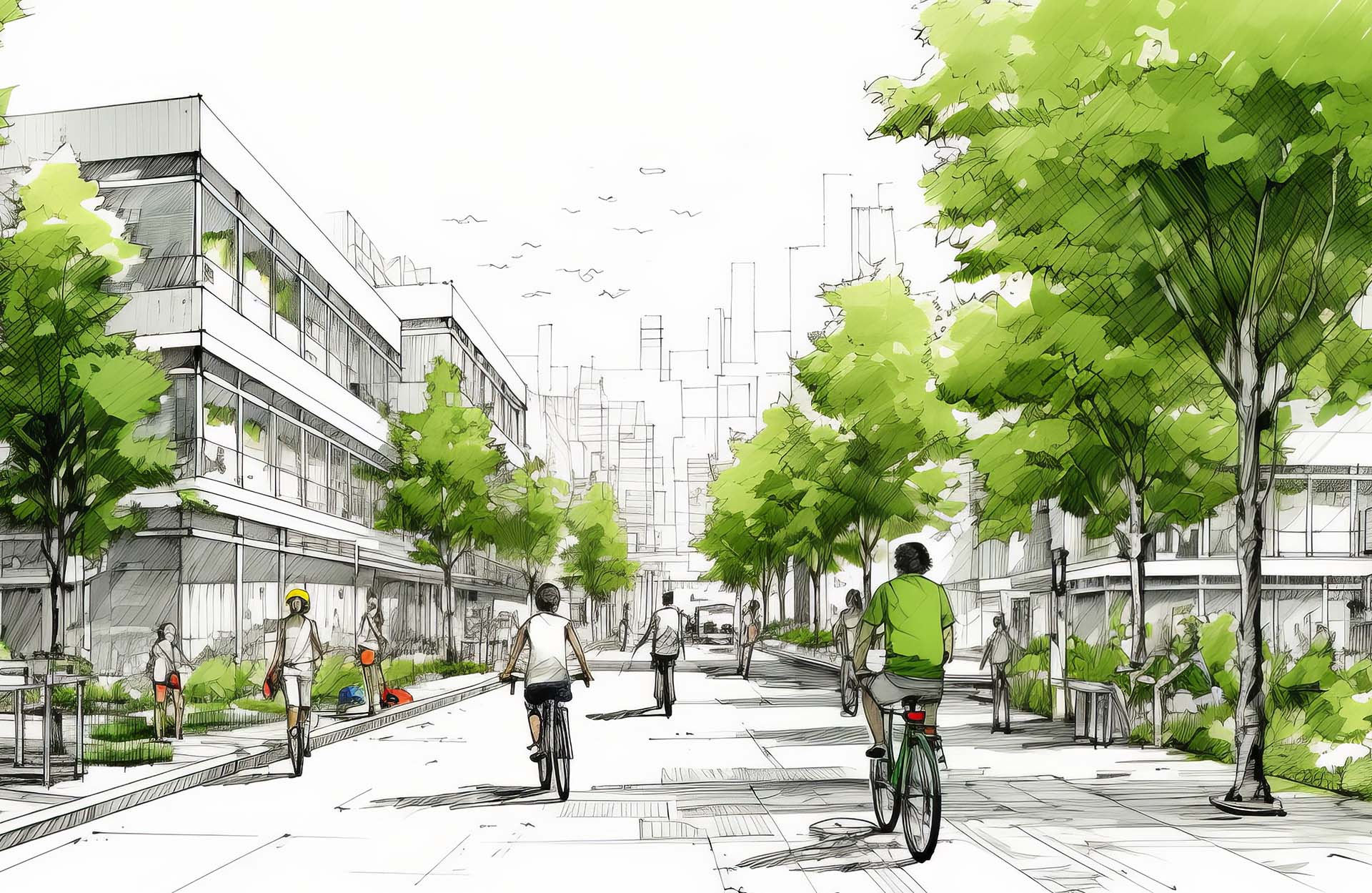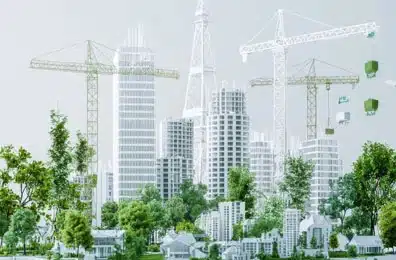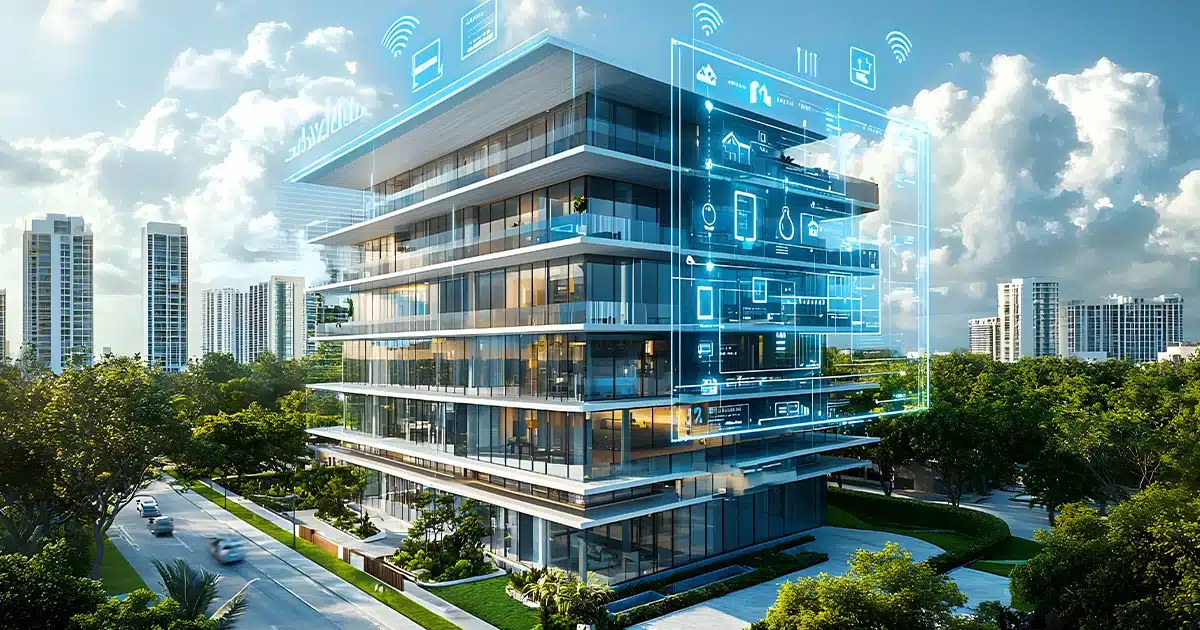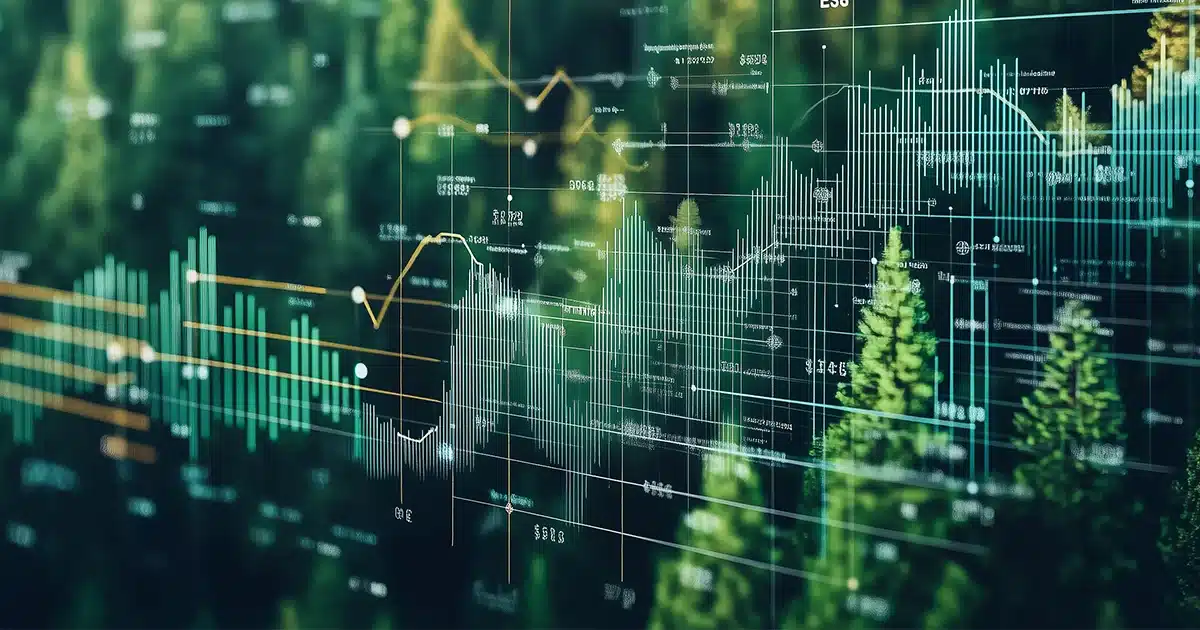As the world continues to act and move toward a more sustainable future, environmentally sustainable design (ESD) is becoming increasingly important.
The NSW Department of Planning has drawn up the Sustainable Buildings SEPP, aiming to simplify and coordinate the planning and designing of sustainable buildings. The Property Council of Australia and the Green Building Council of Australia (GBCA) came out with policy recommendations for “a greener, healthier, more equitable built environment” in Every Building Counts.
Building owners, designers, and contractors have become much more environmentally responsible, so buildings have become more resource-efficient throughout their lifecycle.
Where is all this going? What sustainable design trends should we expect for? Let’s start with a few background notes.
Sustainability First Principles
Infrastructure Australia defines sustainability as “meeting the needs of the present without compromising the ability of future generations to meet their own needs”. Sustainability first is based on the concept of systems thinking, which recognises the interconnections and interdependencies of natural and human systems. Here are its core principles:
- Preserve and enhance natural capital
- Optimise resource use
- Foster social well-being
- Embrace creativity and innovation
Sustainable Sydney 2030-2050
The City of Sydney has set several goals, including:
- To reduce waste generation by 15% per person by 2030
- For tri-generation* to provide around 70% of the city’s electricity needs
- To achieve net-zero emissions by 2035
(*Tri-generation is the process of producing electricity, heating, and cooling energy from a single generator or process.)
Environmental Building Design Trends to Expect in 2024
The impact of climate change has become increasingly evident, and so the approach to design is changing. Here are some ways that is happening.
Focus on Health & Well-Being
Sustainable design is no longer just about reducing the environmental impact of buildings. It is also about creating healthier and more comfortable living spaces. So, expect to see a renewed focus on environmentally sustainable design that prioritises health and well-being.
This is one of the reasons behind regulating the insulation, glazing, ventilation, room sizes, ceiling heights and access to sunlight of dwellings. Even plumbing and HVAC can contribute to dwellers’ or building users’ well-being.
Widespread Use of Renewable Energy
Renewable energy sources such as solar and wind power will continue to become more common. This trend is driven by two factors: the need to reduce greenhouse gas emissions and the increasing availability of affordable renewable energy technologies.
More buildings will have:
- Photovoltaic (PV) systems using rooftop solar panels
- Solar thermal systems, which can significantly reduce water heating costs
- Heat pumps, which use the warmth of the surrounding air, water, or ground to heat water
- Geothermal power used for air conditioning or water heating
More Green Roofs and Green Walls
Green roofs and walls are becoming more popular in urban areas. We can expect to see more buildings incorporating green roofs and walls into their designs.
Green roofs provide thermal mass, insulation, and shading, thus helping improve a building’s thermal performance. Other environmental benefits of green roofs and walls are:
- Improving air quality
- Increasing biodiversity
- Reducing stormwater runoff
- Decreasing urban heat island effects
Practice of Passive Design
Passive design is the practice of designing buildings that are naturally comfortable without the need for mechanical heating or cooling. In 2024, we can expect to see more buildings incorporating passive design principles into their designs.
Passive design can be done in the following ways:
- Building orientation, whereby a building can take advantage of the sun and the prevailing winds
- Insulating walls, roofs, and floors to reduce heat transfer
- Window types and placement, such as double-glazed windows that can keep heat in the winter and out in the summer
- Use of locally sourced materials, reducing the impact of transporting materials
- Thermal mass, using materials that absorb and store heat energy to help regulate indoor temperatures
- Green roofs and walls (see above)
Adopting a Circular Economy
The circular economy is a system that aims to eliminate waste and promote the continual use of resources. We can expect to see more buildings incorporating circular economy principles into their designs, including:
- Reduce, Reuse, Recycle, such as using building materials that are recyclable or reusable
- Design for Disassembly, allowing easy disassembly of components for reuse in other buildings
- Material Passports, which are records of the materials used in a building, to facilitate recycling or reuse when the building reaches the end of its life
- Energy Production and Waste Management**: Circular economy principles can also be applied to a building’s energy use (use of renewable energy sources) and waste production (for efficient waste management systems)
Use of Smart Building Technologies
Technology can be used to optimise energy use and improve the comfort of occupants. We will see more smart buildings that use:
- Smart thermostats
- Energy management systems (EMS)
- Automated lighting systems
- Smart power strips
- Smart windows
- Building automation systems (BAS)
- Internet of Things (IoT) devices
- Solar panels and battery storage
Let’s Build More Greener Buildings
ESD design is no longer a niche concept but has become almost mainstream. In 2024, we can expect a renewed focus on sustainable design that prioritises the health and well-being of occupants, while reducing the environmental impact of buildings. Sustainable design practices can help us create a better future for all.
Application Solutions can assist you in applying ESD for your building. Talk to us about how we can work together to create a greener planet.





